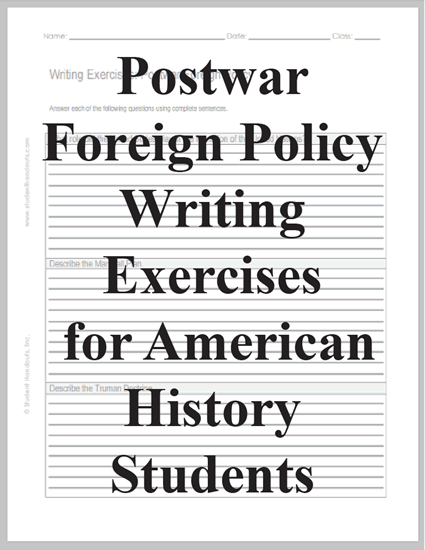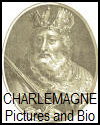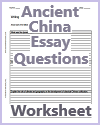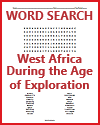The Marshall Plan, officially known as the European Recovery Program (ERP), was a significant American initiative aimed at aiding Western Europe's post-World War II economic recovery and preventing the spread of communism. It was named after U.S. Secretary of State George C. Marshall, who introduced the plan in a speech at Harvard University on June 5, 1947.
Objectives:
- Economic Recovery: The primary goal of the Marshall Plan was to assist Western European countries in rebuilding their economies, which had been devastated by the war.
- Political Stability: By promoting economic recovery and stability, the plan aimed to prevent the rise of radical political movements, especially communism, which was regaining its popularity in some war-torn European nations (it had been viciously suppressed by Nazi Germany and Fascist Italy).
- Integration: It sought to foster economic cooperation and integration among European nations to strengthen the continent's overall economic resilience.
Key components:
- Financial Aid: The United States offered substantial financial aid to European countries to support their post-war reconstruction efforts. This assistance included grants, loans, and credits for the purchase of American goods.
- Conditions: To receive aid, recipient countries were required to demonstrate a commitment to implementing economic reforms, trade liberalization, and political stability.
- Administration: The Economic Cooperation Administration (ECA) was established to oversee and implement the Marshall Plan. It operated from 1948 to 1951.
- Scope: The plan covered a broad range of sectors, including agriculture, industry, infrastructure, and trade. It aimed to address the urgent needs of war-torn economies and improve living standards.
- Participation: Sixteen Western European countries participated in the program, including the United Kingdom, France, West Germany, and Italy.
Results and Impact:
- Economic Recovery: The Marshall Plan was highly successful in stimulating economic growth and recovery in Western Europe. It played a vital role in revitalizing industries, increasing agricultural production, and reducing inflation.
- Preventing communism: The plan succeeded in its objective of preventing the election of communist governments in Western Europe by bolstering economic stability and countering the appeal of anti-capitalism ideologies. However, throughout the Cold War to today, these countries have had socialists and communists in elected office to an extent unfathomable in the postwar United States; and their public programs including universal medical care, free or inexpensive college education, robust retirement benefits, and extensive labor rights, reflect this.
- Long-Term Stability: The cooperative spirit fostered by the Marshall Plan contributed to the establishment of institutions like the Organization for European Economic Cooperation (OEEC) and laid the groundwork for the later formation of the European Economic community (EEC), a precursor to the European Union (EU).
- Transatlantic Relations: The Marshall Plan strengthened the economic and political ties between the United States and Western European nations, solidifying the transatlantic alliance.
The Marshall Plan is widely regarded as one of the most successful and far-reaching foreign aid programs in history. It not only contributed to the recovery and stability of Western Europe but also played a crucial role in shaping the post-war world order, particularly the division of Europe into Western and Eastern blocs during the early years of the Cold War.
|













